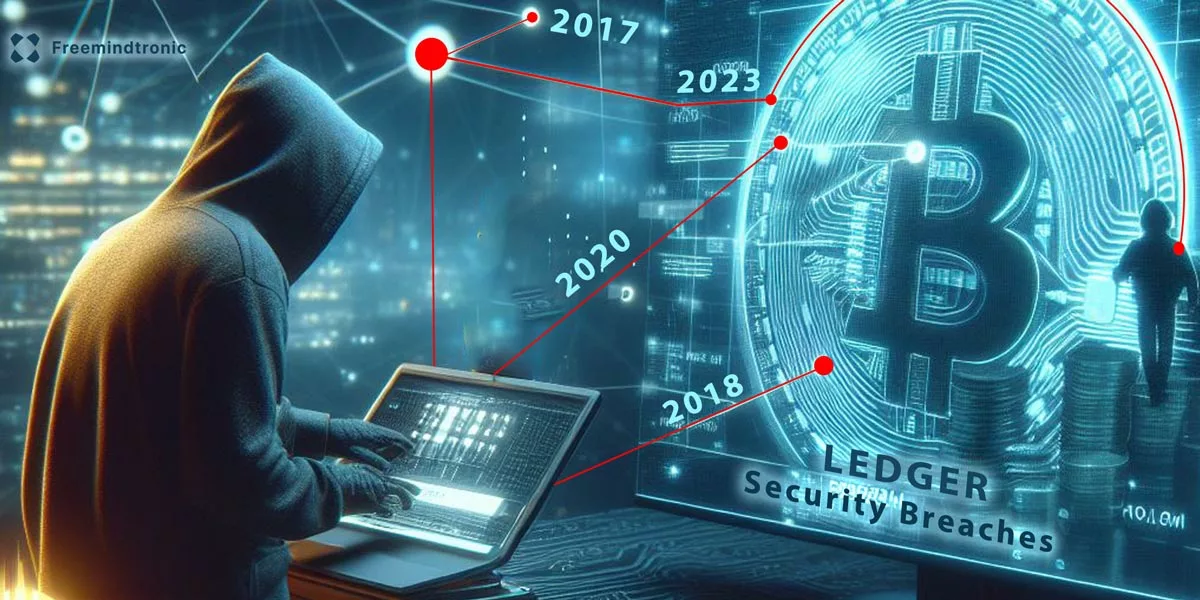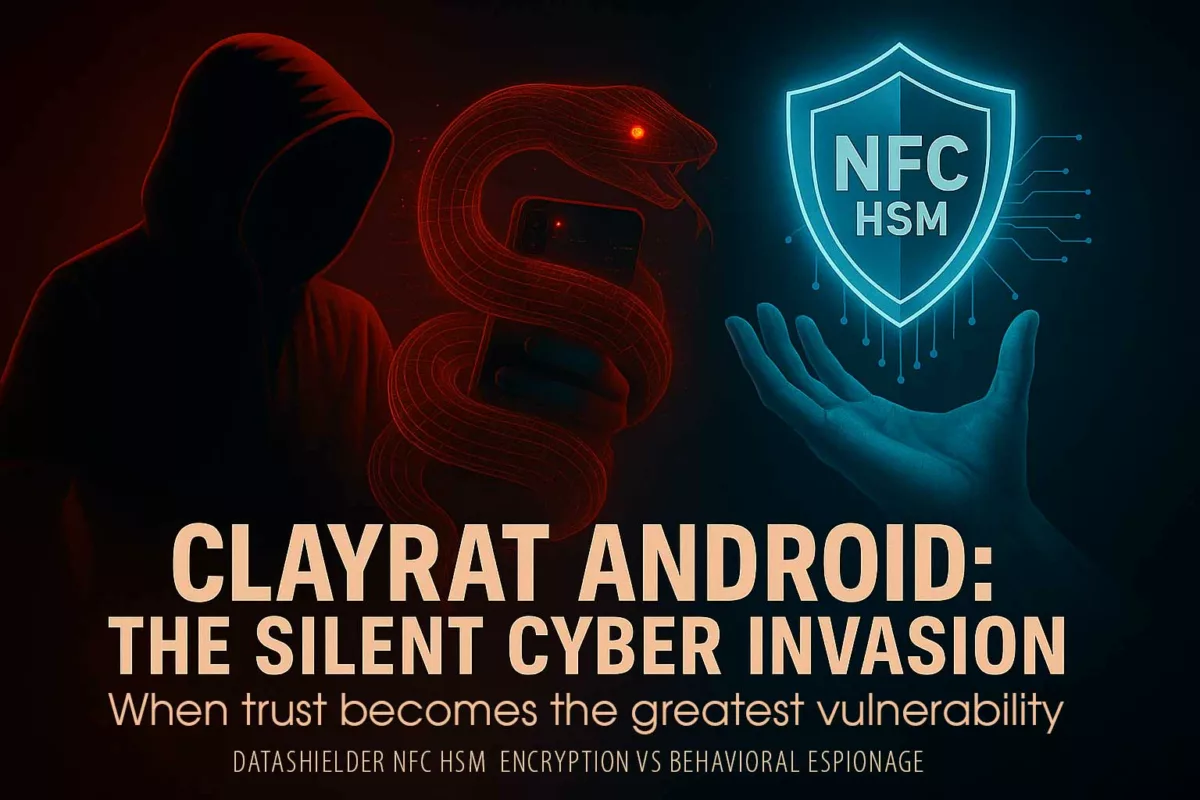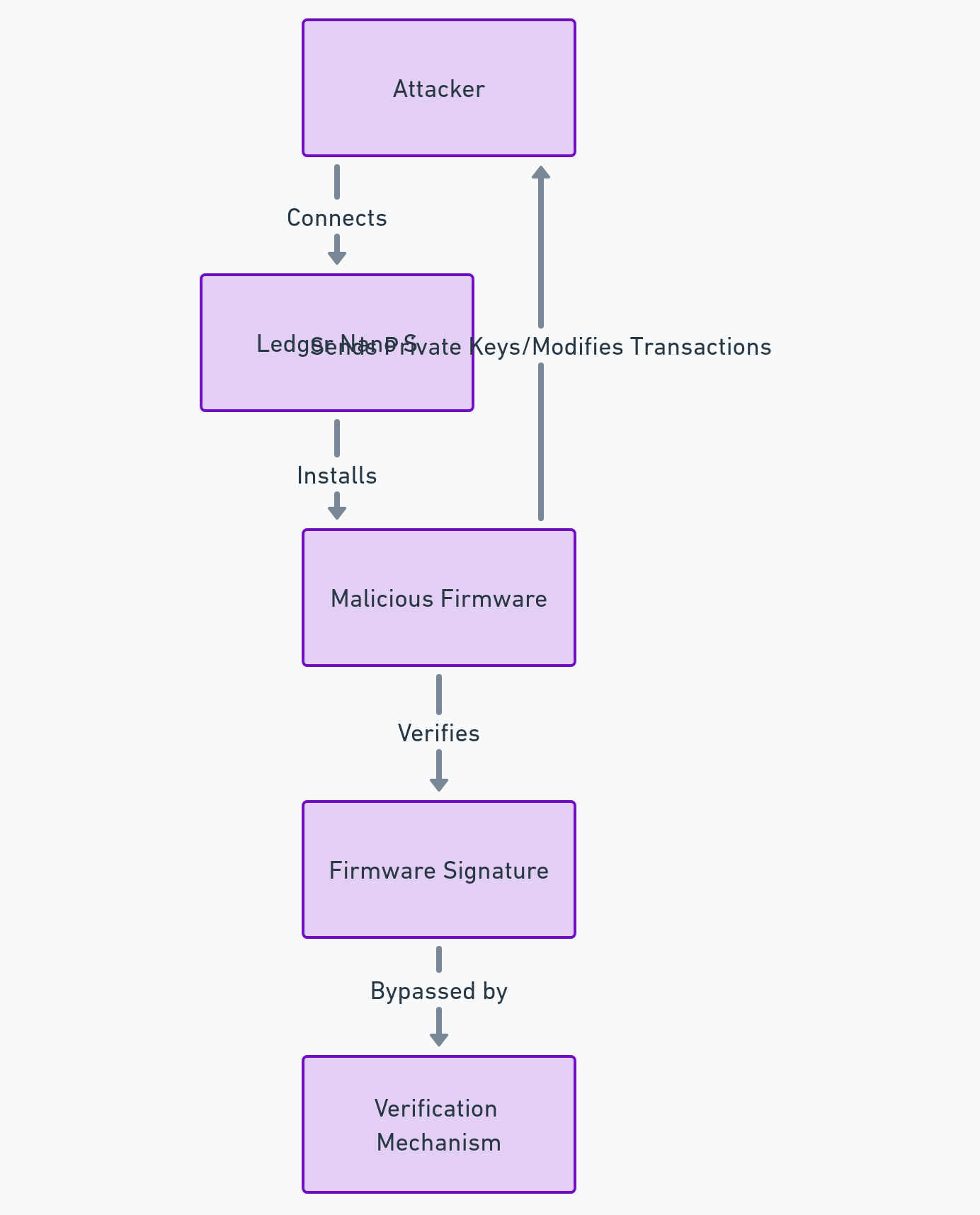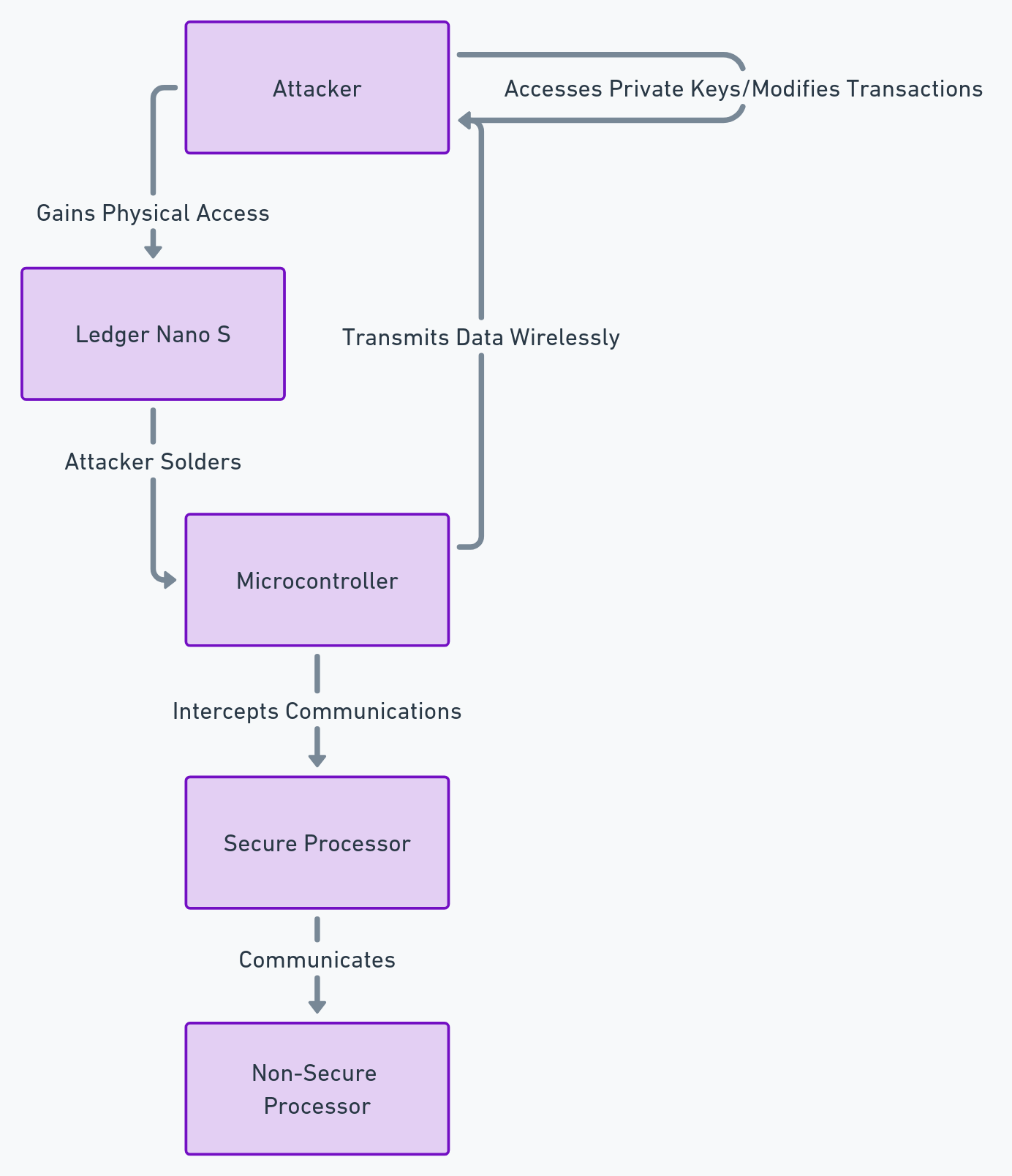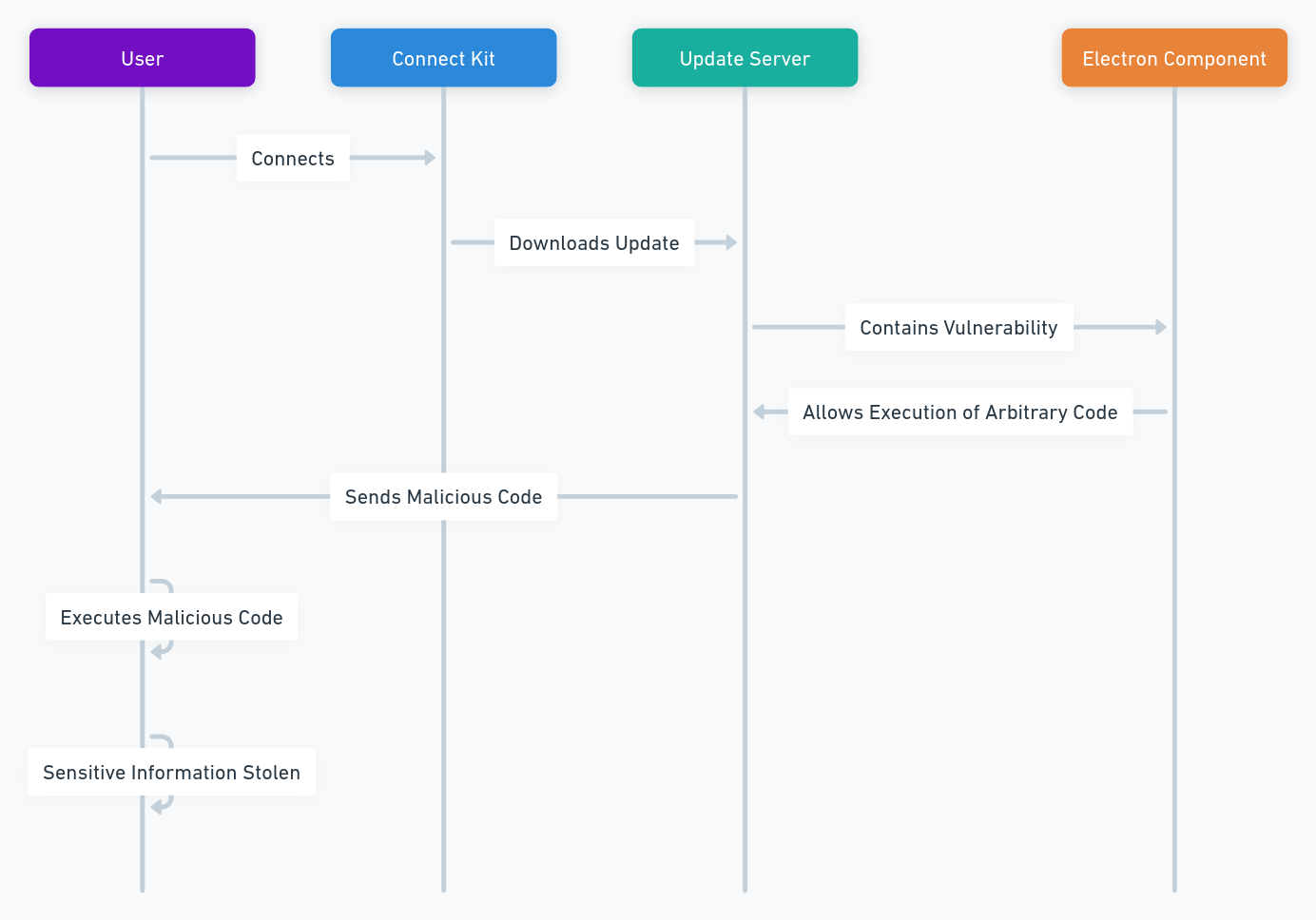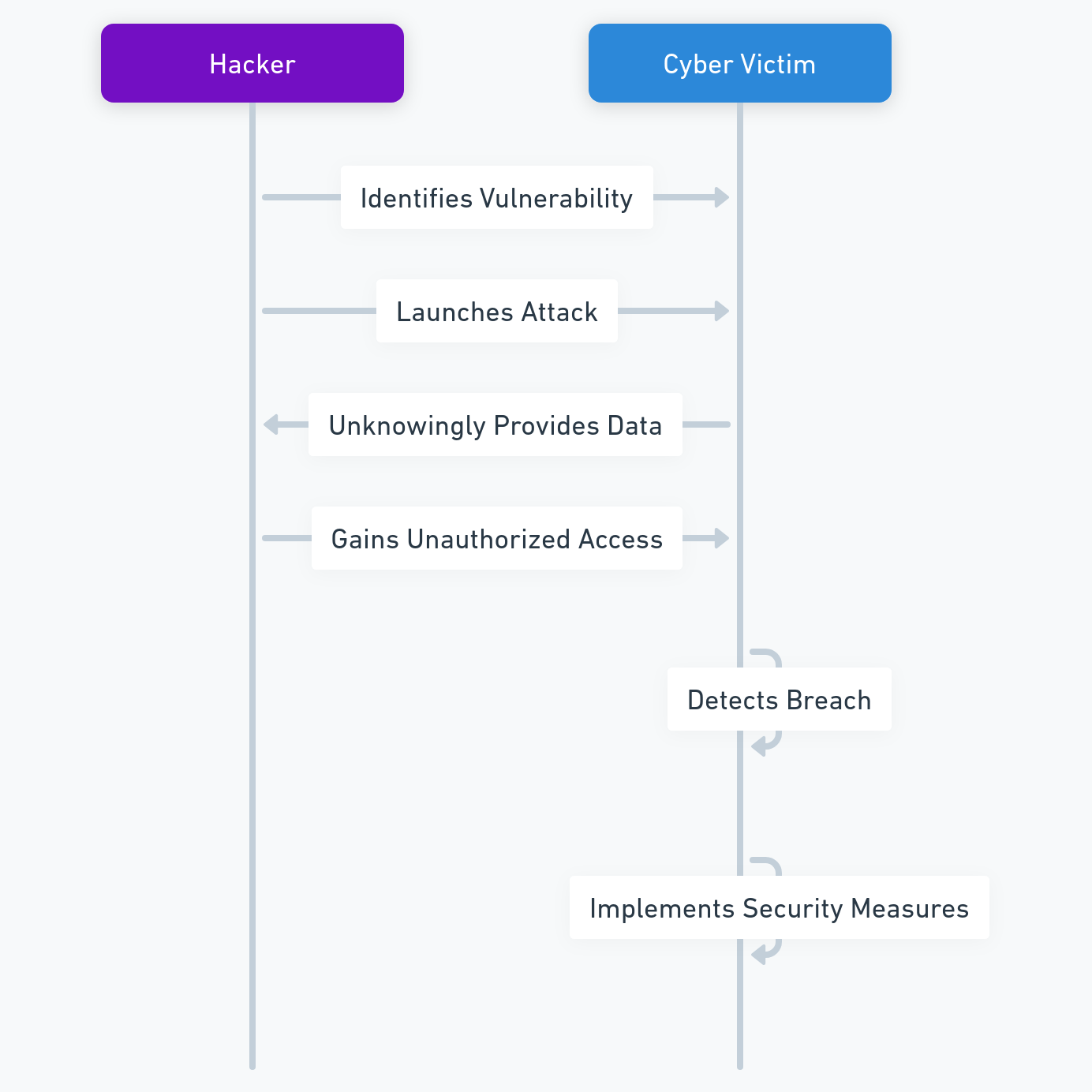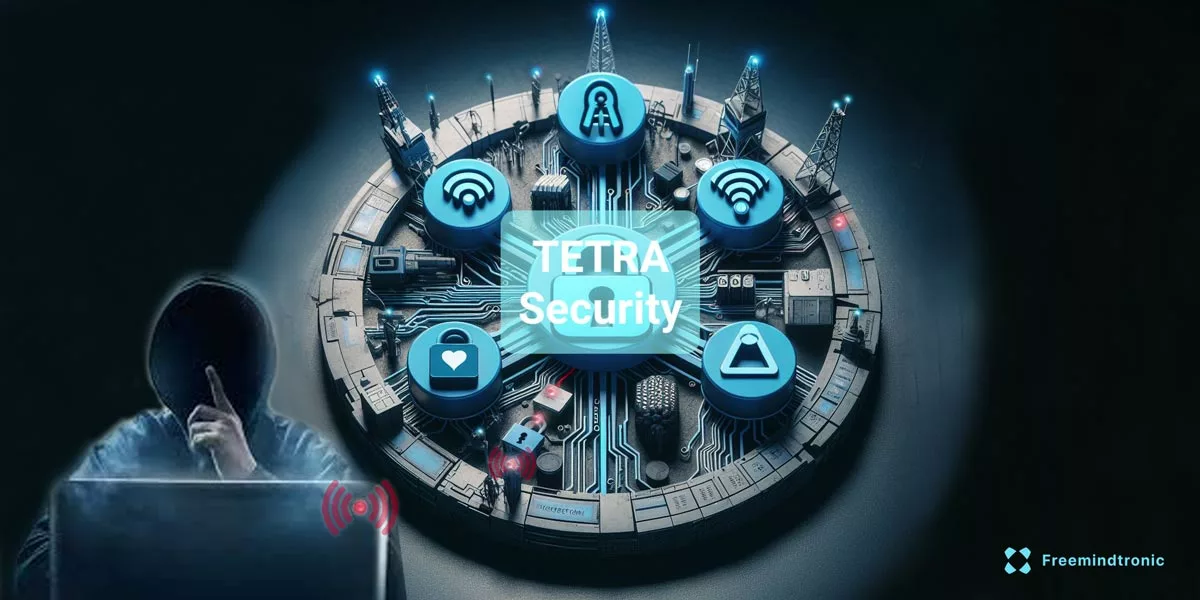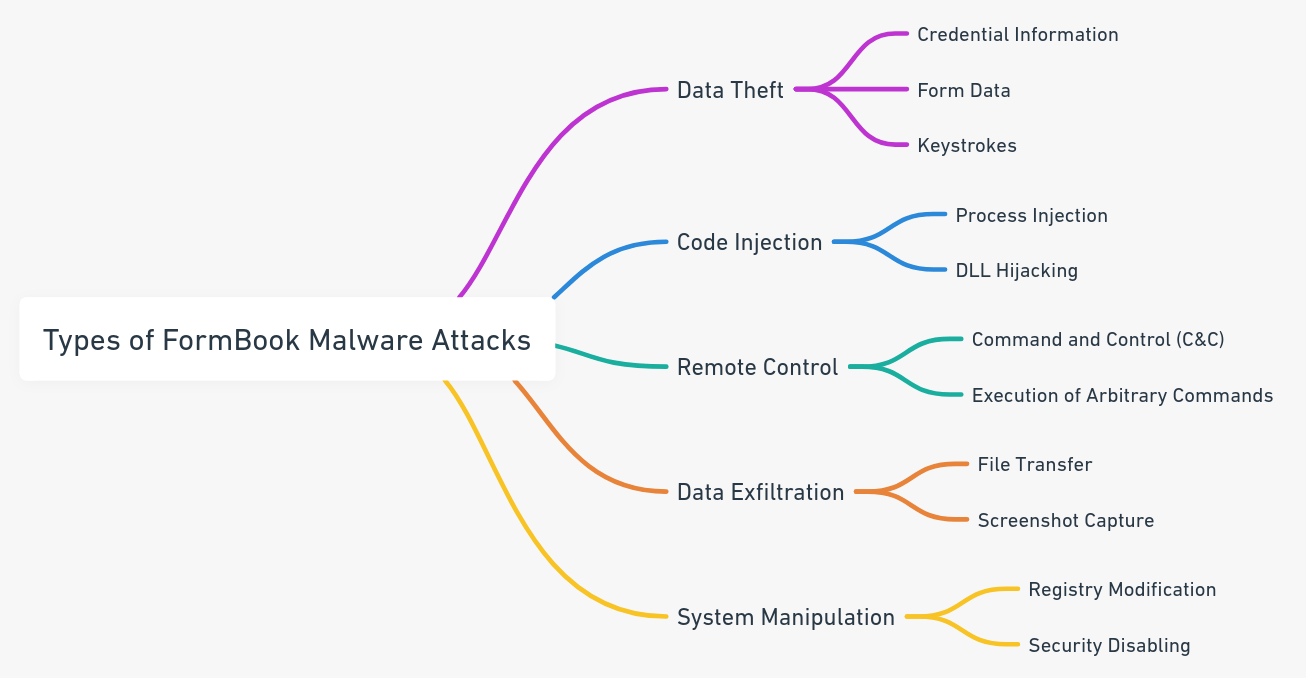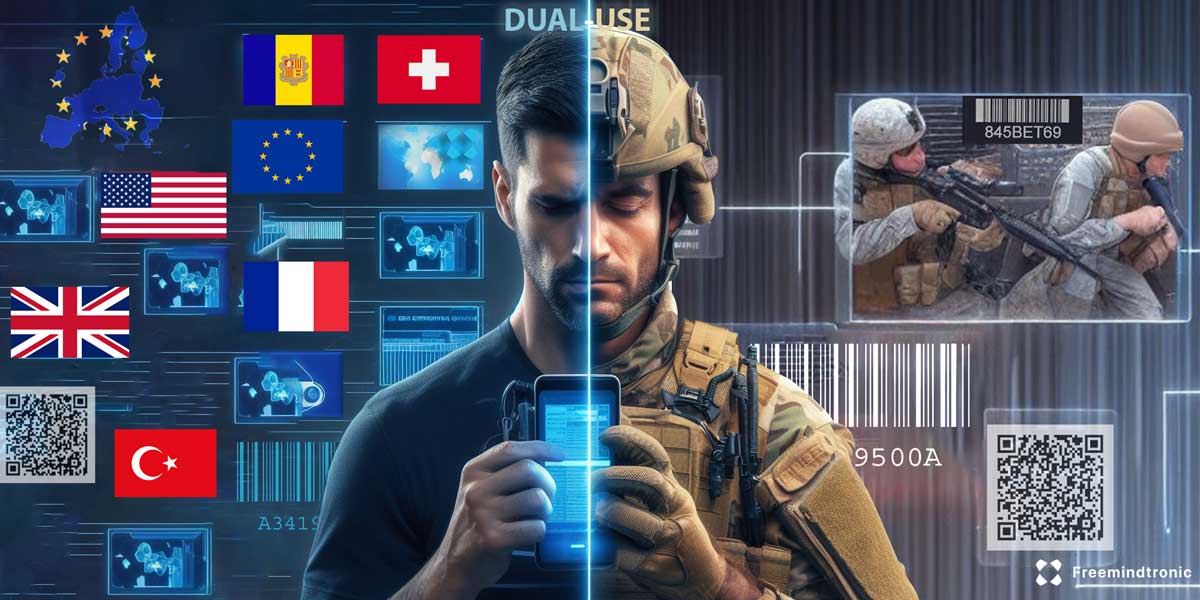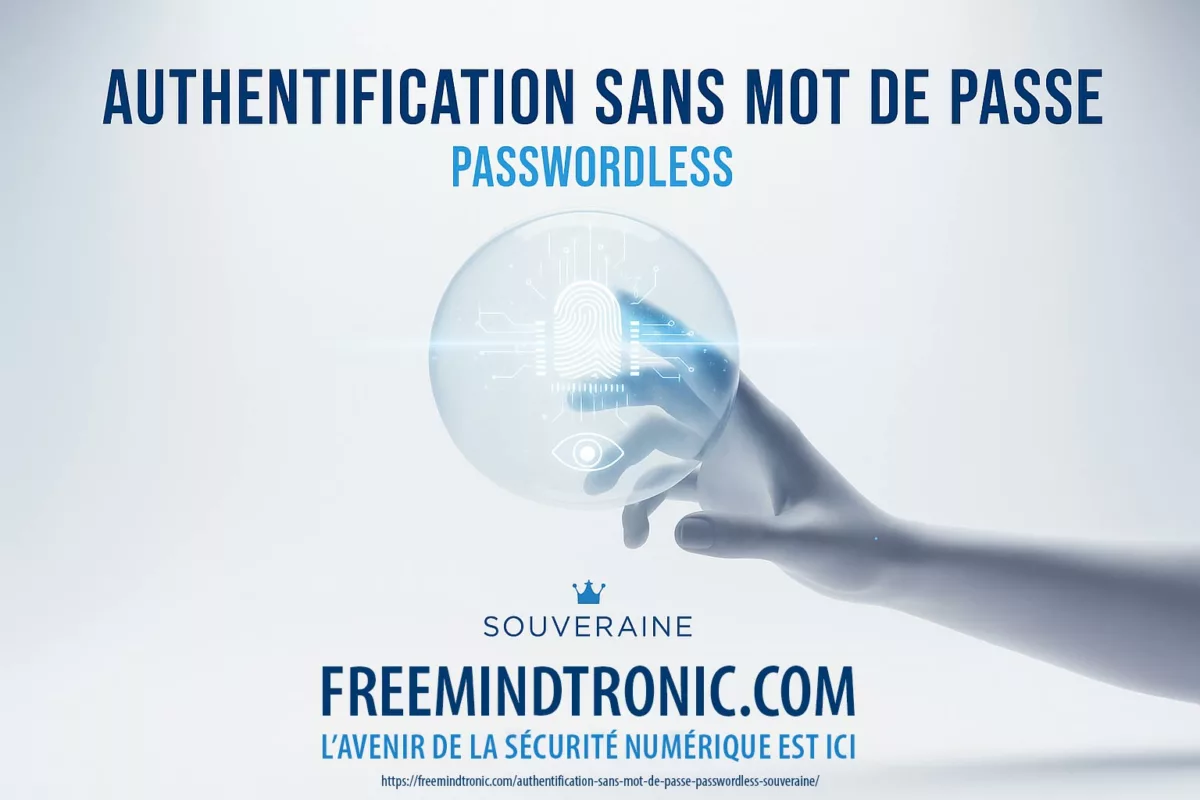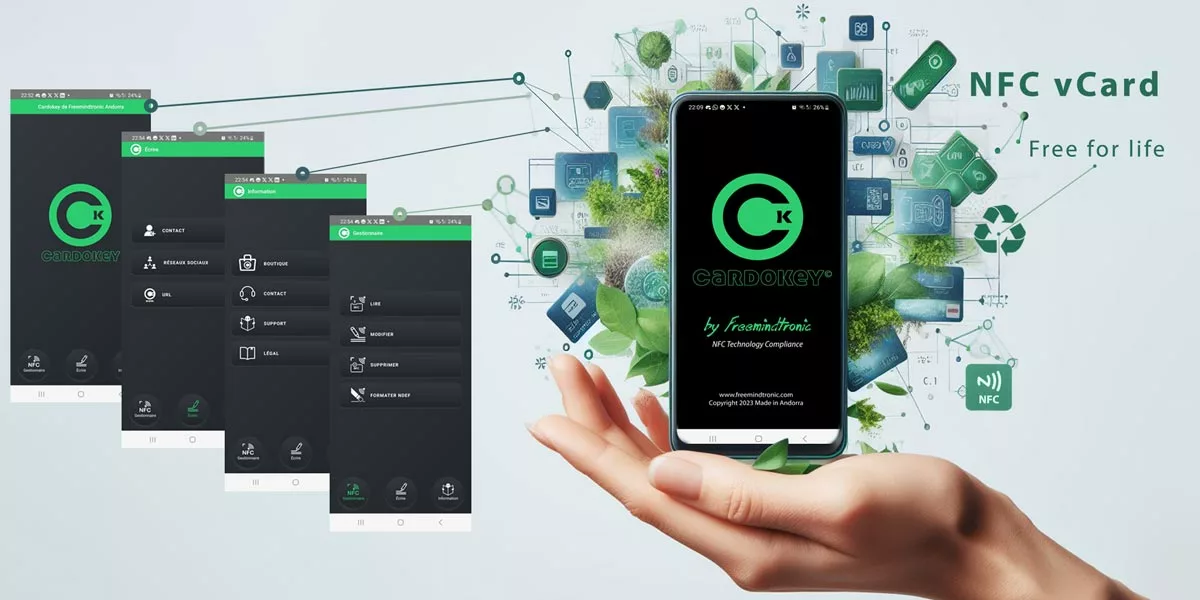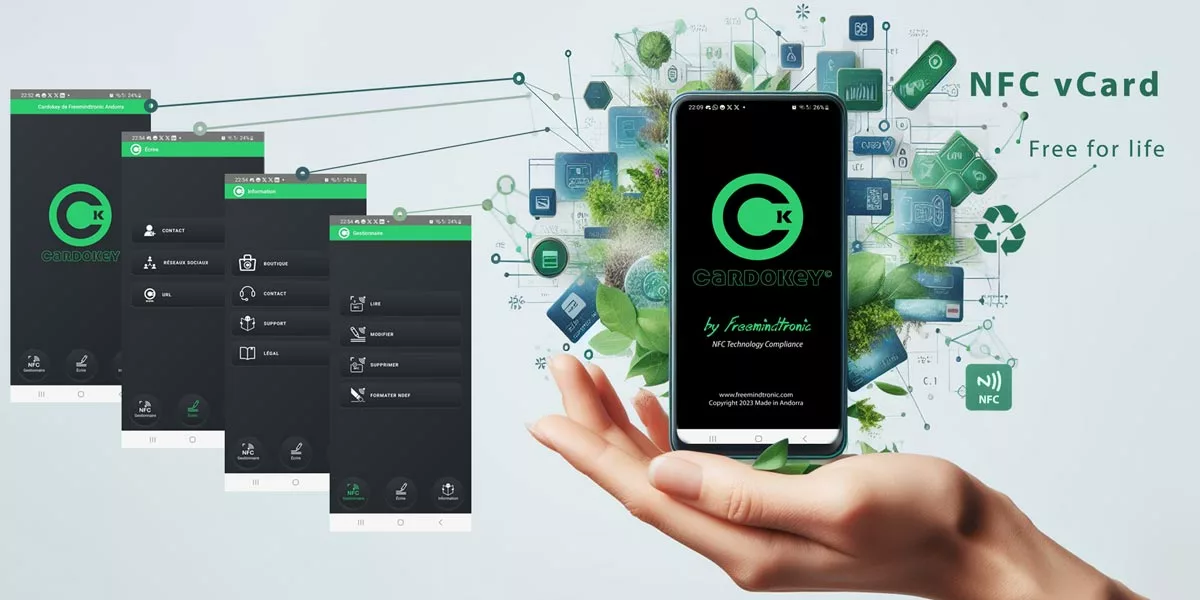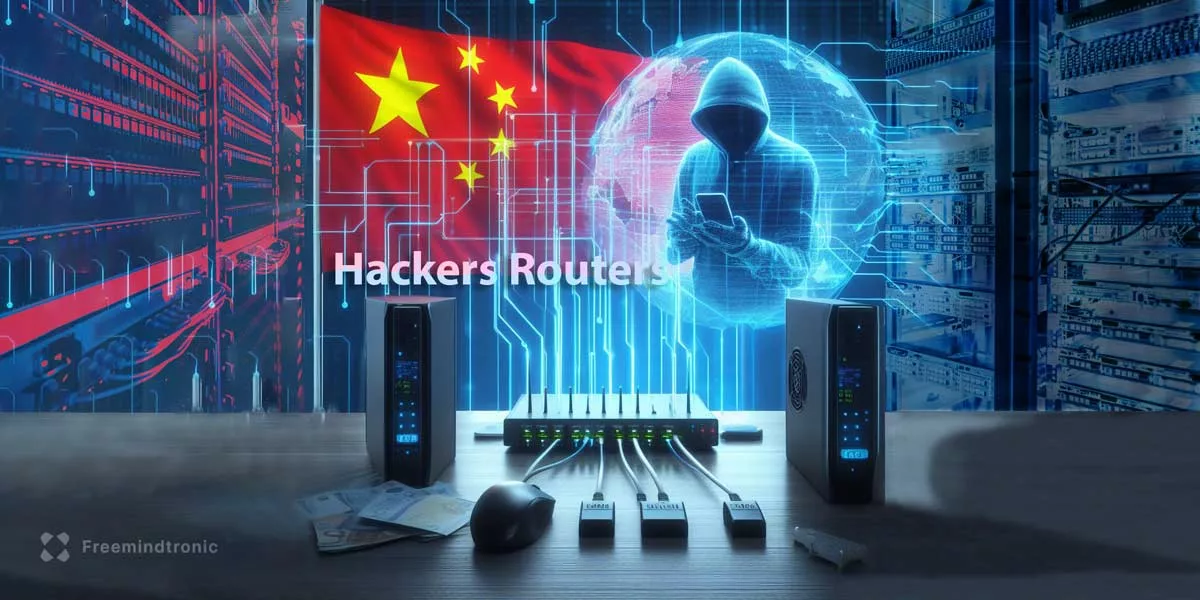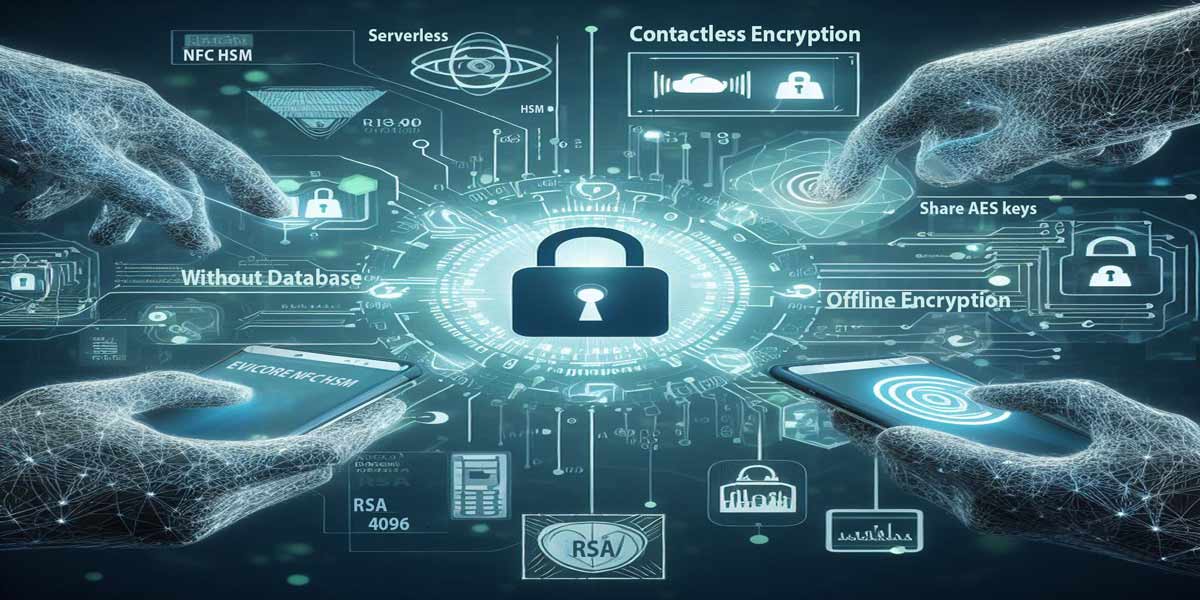Ledger security incidents: How Hackers Exploited Them and How to Stay Safe
Ledger security breaches have exposed the personal data and private keys of many users. Ledger is a French company that provides secure devices to store and manage your funds. But since 2017, hackers have targeted Ledger’s e-commerce and marketing database, as well as its software and hardware products. In this article, you will discover the different breaches, how hackers exploited them, what their consequences were, and how you can protect yourself from these threats.
Ledger Security Breaches from 2017 to 2023: How to Protect Your Cryptocurrencies from Hackers
Have you ever wondered how safe your cryptocurrencies are? If you are using a Ledger device, you might think that you are protected from hackers and thieves. Ledger is a French company that specializes in cryptocurrency security. It offers devices that allow you to store and manage your funds securely. These devices are called hardware wallets, and they are designed to protect your private keys from hackers and thieves.
However, since 2017, Ledger has been victim of several security breaches, which have exposed the personal data and private keys of its users. These breaches could allow hackers to steal your cryptocurrencies or harm you in other ways. In this article, we will show you the different breaches that were discovered, how they were exploited, what their consequences were, and how you can protect yourself from these threats.
Ledger Security Issues: The Seed Phrase Recovery Attack (February 2018)
The seed phrase is a series of words that allows you to restore access to a cryptocurrency wallet. It must be kept secret and secure, as it gives full control over the funds. In February 2018, a security researcher named Saleem Rashid discovered a breach in the Ledger Nano S, which allowed an attacker with physical access to the device to recover the seed phrase using a side-channel attack.
How did hackers exploit the breach?
The attack consisted of using an oscilloscope to measure the voltage variations on the reset pin of the device. These variations reflected the operations performed by the secure processor of the Ledger Nano S, which generated the seed phrase. By analyzing these variations, the attacker could reconstruct the seed phrase and access the user’s funds.
Simplified diagram of the attack
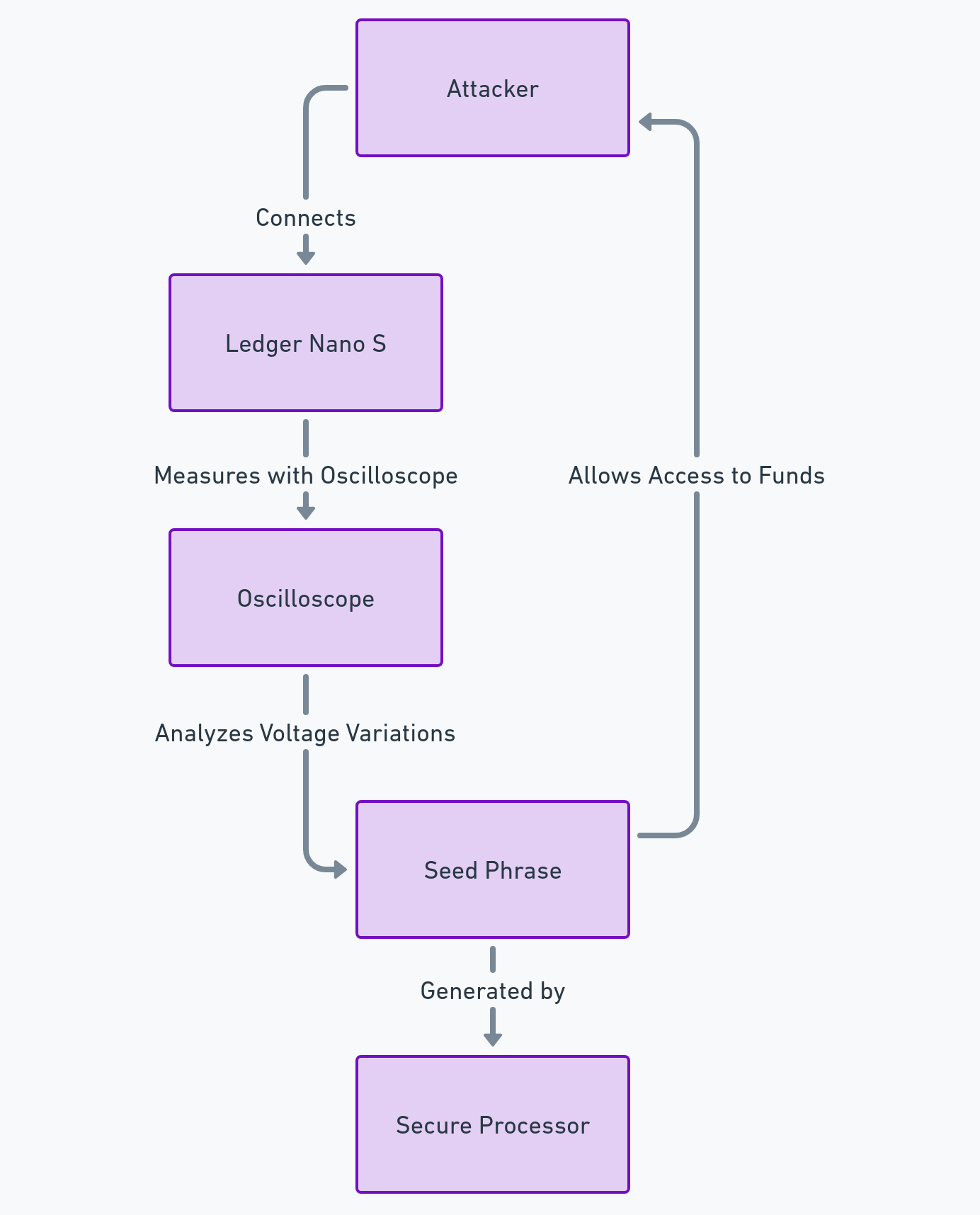
- Number of potentially affected users: about 1 million
- Total amount of potentially stolen funds: unknown
- Date of discovery of the breach by Ledger: February 20, 2018
- Author of the discovery of the breach: Saleem Rashid, a security researcher
- Date of publication of the fix by Ledger: April 3, 2018
Scenarios of hacker attacks
- Scenario of physical access: The attacker needs to have physical access to the device, either by stealing it, buying it second-hand, or intercepting it during delivery. The attacker then needs to connect the device to an oscilloscope and measure the voltage variations on the reset pin. The attacker can then use a software tool to reconstruct the seed phrase from the measurements.
- Scenario of remote access: The attacker needs to trick the user into installing a malicious software on their computer, which can communicate with the device and trigger the reset pin. The attacker then needs to capture the voltage variations remotely, either by using a wireless device or by compromising the oscilloscope. The attacker can then use a software tool to reconstruct the seed phrase from the measurements.
Sources
1: Breaking the Ledger Security Model – Saleem Rashid published on March 20, 2018.
2: Ledger Nano S: A Secure Hardware Wallet for Cryptocurrencies? – Saleem Rashid published on November 20, 2018.
Ledger Security Flaws: The Firmware Replacement Attack (March 2018)
The firmware is the software that controls the operation of the device. It must be digitally signed by Ledger to ensure its integrity. In March 2018, the same researcher discovered another breach in the Ledger Nano S, which allowed an attacker to replace the firmware of the device with a malicious firmware, capable of stealing the private keys or falsifying the transactions.
How did hackers exploit the Ledger Security Breaches?
The attack consisted of exploiting a vulnerability in the mechanism of verification of the firmware signature. The attacker could create a malicious firmware that passed the signature check, and that installed on the device. This malicious firmware could then send the user’s private keys to the attacker, or modify the transactions displayed on the device screen.
Simplified diagram of the attack
Statistics on the breach
- Number of potentially affected users: about 1 million
- Total amount of potentially stolen funds: unknown
- Date of discovery of the breach by Ledger: March 20, 2018
- Author of the discovery of the breach: Saleem Rashid, a security researcher
- Date of publication of the fix by Ledger: April 3, 2018
Scenarios of hacker attacks
- Scenario of physical access: The attacker needs to have physical access to the device, either by stealing it, buying it second-hand, or intercepting it during delivery. The attacker then needs to connect the device to a computer and install the malicious firmware on it. The attacker can then use the device to access the user’s funds or falsify their transactions.
- Scenario of remote access: The attacker needs to trick the user into installing the malicious firmware on their device, either by sending a fake notification, a phishing email, or a malicious link. The attacker then needs to communicate with the device and send the user’s private keys or modify their transactions.
Sources
: [Breaking the Ledger Security Model – Saleem Rashid] published on March 20, 2018.
: [Ledger Nano S Firmware 1.4.1: What’s New? – Ledger Blog] published on March 6, 2018.
Ledger Security Incidents: The Printed Circuit Board Modification Attack (November 2018)
The printed circuit board is the hardware part of the device, which contains the electronic components. It must be protected against malicious modifications, which could compromise the security of the device. In November 2018, a security researcher named Dmitry Nedospasov discovered a breach in the Ledger Nano S, which allowed an attacker with physical access to the device to modify the printed circuit board and install a listening device, capable of capturing the private keys or modifying the transactions.
How did hackers exploit the breach?
The attack consisted of removing the case of the device, and soldering a microcontroller on the printed circuit board. This microcontroller could intercept the communications between the secure processor and the non-secure processor of the Ledger Nano S, and transmit them to the attacker via a wireless connection. The attacker could then access the user’s private keys, or modify the transactions displayed on the device screen.
Simplified diagram of the attack
Statistics on the breach
- Number of potentially affected users: unknown
- Total amount of potentially stolen funds: unknown
- Date of discovery of the breach by Ledger: November 7, 2019
- Author of the discovery of the breach: Dmitry Nedospasov, a security researcher
- Date of publication of the fix by Ledger: December 17, 2020
Scenarios of hacker attacks
- Scenario of physical access: The attacker needs to have physical access to the device, either by stealing it, buying it second-hand, or intercepting it during delivery. The attacker then needs to remove the case of the device and solder the microcontroller on the printed circuit board. The attacker can then use the wireless connection to access the user’s funds or modify their transactions.
- Scenario of remote access: The attacker needs to compromise the wireless connection between the device and the microcontroller, either by using a jammer, a repeater, or a hacker device. The attacker can then intercept the communications between the secure processor and the non-secure processor, and access the user’s funds or modify their transactions.
Sources
- [Breaking the Ledger Nano X – Dmitry Nedospasov] published on November 7, 2019.
- [How to Verify the Authenticity of Your Ledger Device – Ledger Blog] published on December 17, 2020.
Ledger Security Breaches: The Connect Kit Attack (December 2023)
The Connect Kit is a software that allows users to manage their cryptocurrencies from their computer or smartphone, by connecting to their Ledger device. It allows to check the balance, send and receive cryptocurrencies, and access services such as staking or swap.
The Connect Kit breach was discovered by the security teams of Ledger in December 2023. It was due to a vulnerability in a third-party component used by the Connect Kit. This component, called Electron, is a framework that allows to create desktop applications with web technologies. The version used by the Connect Kit was not up to date, and had a breach that allowed hackers to execute arbitrary code on the update server of the Connect Kit.
How did hackers exploit the Ledger Security Breaches?
The hackers took advantage of this breach to inject malicious code into the update server of the Connect Kit. This malicious code was intended to be downloaded and executed by the users who updated their Connect Kit software. The malicious code aimed to steal the sensitive information of the users, such as their private keys, passwords, email addresses, or phone numbers.
Simplified diagram of the attack
Statistics on the breach
- Number of potentially affected users: about 10,000
- Total amount of potentially stolen funds: unknown
- Date of discovery of the breach by Ledger: December 14, 2023
- Author of the discovery of the breach: Pierre Noizat, director of security at Ledger
- Date of publication of the fix by Ledger: December 15, 2023
Scenarios of hacker attacks
- Scenario of remote access: The hacker needs to trick the user into updating their Connect Kit software, either by sending a fake notification, a phishing email, or a malicious link. The hacker then needs to download and execute the malicious code on the user’s device, either by exploiting a vulnerability or by asking the user’s permission. The hacker can then access the user’s information or funds.
- Scenario of keyboard: The hacker needs to install a keylogger on the user’s device, either by using the malicious code or by another means. The keylogger can record the keystrokes of the user, and send them to the hacker. The hacker can then use the user’s passwords, PIN codes, or seed phrases to access their funds.
- Scenario of screen: The hacker needs to install a screen recorder on the user’s device, either by using the malicious code or by another means. The screen recorder can capture the screen of the user, and send it to the hacker. The hacker can then use the user’s QR codes, addresses, or transaction confirmations to steal or modify their funds.
Sources
- [https://thehackernews.com/2023/12/crypto-hardware-wallet-ledgers-supply.html] published on December 15, 2023.
Ledger Security Breaches: The Data Leak (December 2020)
The database is the system that stores the information of Ledger customers, such as their names, addresses, phone numbers and email addresses. It must be protected against unauthorized access, which could compromise the privacy of customers. In December 2020, Ledger revealed that a breach in its database had exposed the personal data of 292,000 customers, including 9,500 in France.
How did hackers exploit the breach?
The breach had been exploited by a hacker in June 2020, who had managed to access the database via a poorly configured API key. The hacker had then published the stolen data on an online forum, making them accessible to everyone. Ledger customers were then victims of phishing attempts, harassment, or threats from other hackers, who sought to obtain their private keys or funds.
Simplified diagram of the attack :
Statistics on the breach
- Number of affected users: 292,000, including 9,500 in France
- Total amount of potentially stolen funds: unknown
- Date of discovery of the breach by Ledger: June 25, 2020
- Author of the discovery of the breach: Ledger, after being notified by a researcher
- Date of publication of the fix by Ledger: July 14, 2020
Scenarios of hacker attacks
- Scenario of phishing: The hacker sends an email or a text message to the user, pretending to be Ledger or another trusted entity. The hacker asks the user to click on a link, enter their credentials, or update their device. The hacker then steals the user’s information or funds.
- Scenario of harassment: The hacker calls or visits the user, using their personal data to intimidate them. The hacker threatens the user to reveal their identity, harm them, or steal their funds, unless they pay a ransom or give their private keys.
- Scenario of threats: The hacker uses the user’s personal data to find their social media accounts, family members, or friends. The hacker then sends messages or posts to the user or their contacts, threatening to harm them or expose their cryptocurrency activities, unless they comply with their demands.
Sources:
– [Ledger Data Breach: A Cybersecurity Update – Ledger Blog] published on January 29, 2021.
Comparison with other crypto wallets
Ledger is not the only solution to secure your cryptocurrencies. There are other options, such as other hardware wallets, software wallets, or exchanges. Each option has its advantages and disadvantages, depending on your needs and preferences. For example, other hardware wallets, such as Trezor or Keepser, offer similar features and security levels as Ledger, but they may have different designs, interfaces, or prices. Software wallets, such as Exodus or Electrum, are more convenient and accessible, but they are less secure and more vulnerable to malware or hacking. Exchanges, such as Coinbase or Binance, are more user-friendly and offer more services, such as trading or staking, but they are more centralized and risky, as they can be hacked, shut down, or regulated. Another option is to use a cold wallet, such as SeedNFC HSM, which is a patented HSM that uses NFC technology to store and manage your cryptocurrencies offline, without any connection to the internet or a computer. It also allows you to create up to 100 cryptocurrency wallets and check the balances from this NFC HSM.
Technological, Regulatory, and Societal Projections
The future of cryptocurrency security is uncertain and challenging. Many factors can affect Ledger and its users, such as technological, regulatory, or societal changes.
Technological changes
It changes could bring new threats, such as quantum computing, which could break the encryption of Ledger devices, or new solutions, such as biometric authentication or segmented key authentication patented by Freemindtronic, which could improve the security of Ledger devices.
Regulatory changes
New rules or restrictions could affect Cold Wallet and Hardware Wallet manufacturers and users, such as Ledger. For example, KYC (Know Your Customer) or AML (Anti-Money Laundering) requirements could compromise the privacy and anonymity of Ledger users. They could also ban or limit the use of cryptocurrencies, which could reduce the demand and value of Ledger devices. On the other hand, other manufacturers who have anticipated these new legal constraints could have an advantage over Ledger. Here are some examples of regulatory changes that could affect Ledger and other crypto wallets:
- MiCA, the proposed EU regulation on crypto-asset markets, aims to create a harmonized framework for crypto-assets and crypto-asset service providers in the EU. It also seeks to address the risks and challenges posed by crypto-assets, such as consumer protection, market integrity, financial stability and money laundering.
- U.S. interagency report on stablecoins recommends that Congress consider new legislation to ensure that stablecoins and stablecoin arrangements are subject to a federal prudential framework. It also proposes additional features, such as limiting issuers to insured depository institutions, subjecting entities conducting stablecoin activities (e.g., digital wallets) to federal oversight, and limiting affiliations between issuers and commercial entities.
- Revised guidance from the Financial Action Task Force (FATF) on virtual assets and virtual asset service providers (VASPs) clarifies the application of FATF standards to virtual assets and VASPs. It also introduces new obligations and recommendations for PSAVs, such as the implementation of the travel rule, licensing and registration of PSAVs, and supervision and enforcement of PSAVs.
These regulatory changes could have significant implications for Ledger and other crypto wallets. They could require them to comply with new rules and standards, to obtain new licenses or registrations, to implement new systems and processes, and to face new supervisory and enforcement actions.
Societal changes
Societal changes could influence the perception and adoption of Ledger and cryptocurrencies, such as increased awareness and education, which could increase the trust and popularity of Ledger devices, or increased competition and innovation, which could challenge the position and performance of Ledger devices. For example, the EviSeed NFC HSM technology allows the creation of up to 100 cryptocurrency wallets on 5 different blockchains chosen freely by the user.
Technological alternatives
Technological alternatives are already available, such as EviCore NFC HSM, EviCore HSM OpenPGP, EviCore NFC HSM Browser Extension and the NFC HSM devices that work without contact, developed and manufactured by Freemindtronic in Andorra. These are new cyber security and safety technologies that use HSMs with or without NFC. They offer a wide range of security features to manage your cryptocurrencies and other digital assets. These technologies also offer the hardware management of complex and complicated passwords by EviPass NFC HSM, OTP (2FA) keys by EviOTP NFC HSM, Seed Phrases by EviSeed NFC HSM, and the creation of multiple cryptocurrency wallets on the same device.
Conclusion
Ledger, the French leader in cryptocurrency security, has faced several security breaches since 2017. As a result of these breaches, hackers could steal the private keys and funds of Ledger users. In response to these threats, Ledger reacted by publishing security updates, informing its users, and strengthening its protection measures. However, Ledger users must be vigilant and follow the recommendations of Ledger to protect themselves from these attacks. Despite these challenges, Ledger remains a reliable and secure device to manage cryptocurrencies, as long as the best practices of digital hygiene are respected. If you want to learn more about Ledger and its products, you can visit their official website or read their blog. Additionally, you can also check their security reports and their help center for more information.
